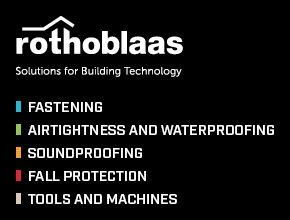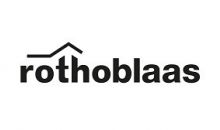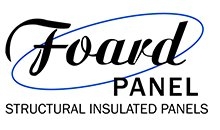Heartwood School: Stereotomy - Building the "Moore" End Table
Traditionally, when the young journeyman on the "Tour-de-France" arrived at a new shop, he would build a pair of sawhorses for the obvious practical reasons, but also to indicate to the owner where he stood in his tour. The more complex he built it, the more time he had been studying Stereotomy - Art du Trait. This would in turn dictate to the owner the journeyman's position in the company and the level of complexity that could be delegated to him. It would help the journeyman fix a suitable position in the company based on his skill, experience, and knowledge, and understanding of Stereotomy. The knowledge of stereotomy is so important that UNESCO has classified it on the List of the Intangible Cultural Heritage of Humanity as of 2009.
In this two-day workshop, students will build their own French Trestle; a specific design called the Moore End Table. Students will learn to create 2D stereotomical drawings using the visuospatial part of the brain, a drafting square, a pencil, and a ruler. Each student will be taught how to use this part of their mind to visualize in 3D, draw in 2D, and then construct their trestle.
A prerequisite of the course is to have knowledge, understanding, and use of hand tools (i.e. chisels, hand saws, layout tools).
Key Points:
● Basics of drafting
● How to develop a set of stereotomical drawings: plan view, elevation view, net view
● How to use the drawings to layout the trestle
● How to cut compound angles
● How to layout, cut, and assemble the Moore table
● The voyage and experience of a journeyman
● What is Stereotomy
● How Stereotomy was used in the past and its relevance today
Event Details
-
Dates
Jun 22, 2024 - Jun 23, 2024 -
Venue
Heartwood School
299 Pratt Road
Alstead NH 03602
get directions






